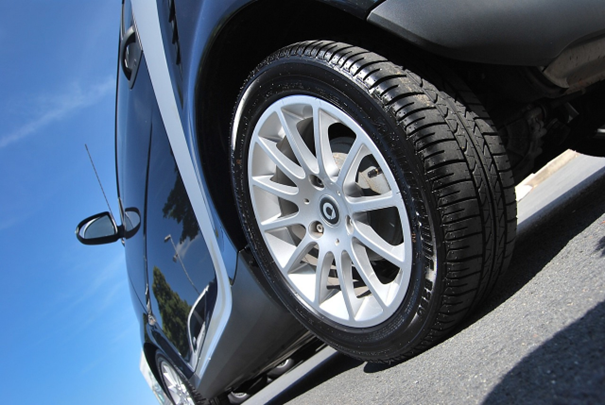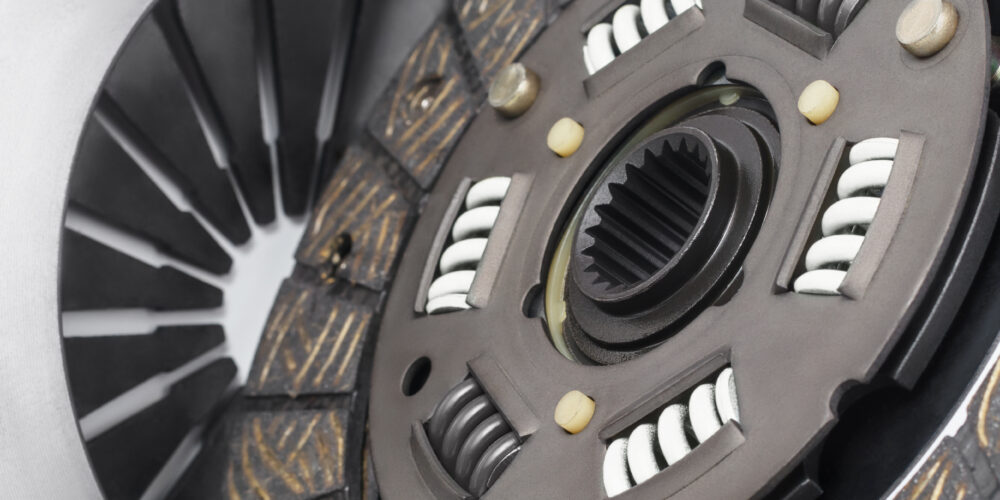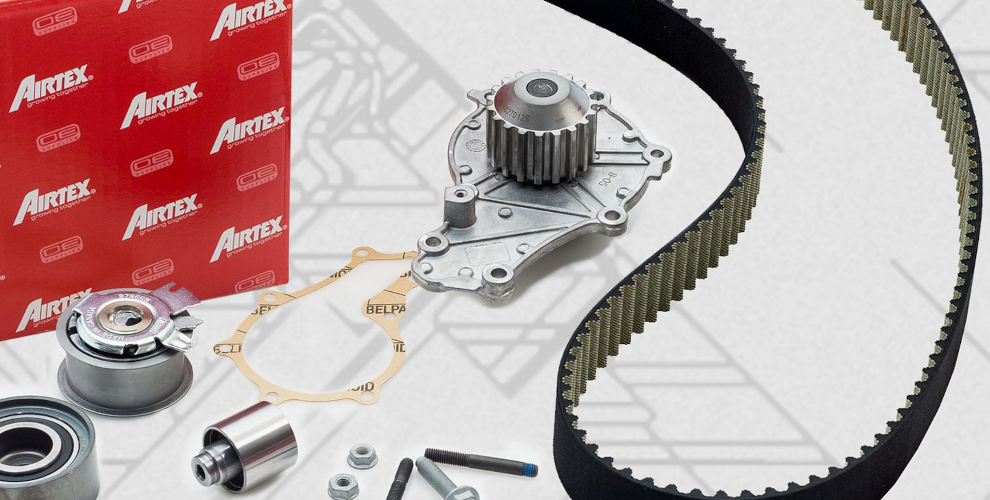Will the progression of steer-by-wire systems revive all-wheel steering?
Nowadays, mechanical and hydraulic systems that operate vehicles are constantly being replaced by sensor-actuator pairs due to the amazing progression of electrical engineering. The same is true for the steering. Several companies have already come up with their own steer-by-wire systems, which – despite the mixed reception – will certainly be pioneer on the market – and this may open up new opportunities for all-wheel steering, which has appeared before.

The past
There are many practical examples of cases where the rear wheels are steered, we can mention for example forklifts. However, we find few vehicles on the public road with more than just front axle steering.
At the beginning of the driving’s history, there were simple mechanical reasons why the front axle steering preferred: implementation was easier that way. The steering wheel had to be located in front of the driver and should be held directly or at a small angle, and it would not have been beneficial for the pilot to sit behind the rear axle.
In any case, it is a fact that we made a compromise with front-wheel steering in terms of maneuverability.

Due to the possibility of hydraulic or electric steering, the forklifts can turn any of their wheels, but if they only can one single axle, it is always the rear one. The reason for this is during moving in forward, we can achieve a significantly smaller turning radius than if the wheels could turn in front.
Automotive industry also wanted to use this advantage. As a result, more and more interesting solutions for all-wheel steering were created.
Types
For the first time, active all-wheel steering was created. This basically means that the rear wheels turn or lean depending on what the front wheels are doing at a specific moment.
On military off-road vehicles in the 1930s and 1940s, by turning the steering wheel to the right caused the wheels on the front axle to turn to the right and those on the rear to the left, in some cases reaching an angle of up to 10 degrees. This gave amazing maneuverability to these compact vehicles on the ground.

However, in the case of vehicles moving at higher speeds, it quickly appeared that above a certain speed this excessive maneuverability causes strong oversteer and the car can become difficult to control.
It became apparent that a different solution was needed for this operating condition. Therefore, the active systems known nowadays turn all wheels in the same direction above a certain speed.
With front-wheel steering, the car reacts to turning the steering wheel only with certain delay. With all-wheel steering, this time is drastically reduced if the rear wheels turn at the right angle – at higher speeds, this usually means the same direction.
Of course, this does not mean that the same direction has no practical benefit at low speeds. It is enough to watch the latest Mercedes-Benz S-Class moving out of the parking lot in the YouTube video below:
With an active system, both axles are hydraulically or electro-mechanically steered (in a syncronized way), with passive all-wheel steering, the lateral force occurring in the corner intervenes on our behalf.
This is mostly achieved with special silent blocks in the chassis, which allow the geometry of the chassis and the wheel to change slightly, and thus make the rear axle steerable.
This solution can be found in commercial vehicles, it is also often called ground force steering.
Advantages
No matter which system we are looking at, all-wheel steering makes vehicles more stable, safer and easier to drive. With the significant increase in the size of cars, it is difficult for parking lots to keep up with, and it gives a very pleasant feeling that we can easily get out of a difficult situation thanks to this extra feature.
The high-speed maneuverability did not leave racing untouched either, it has been tried in almost every series where its use was not prohibited.
Off-road vehicles also benefit enormously from the solution, and the extra weight is perhaps a little less important here comparing to the the case of racing cars. On difficult terrain, in narrow turns, in the middle of forests, a turning radius of even one meter smaller can be an inestimable advantage.
Disadvantages
Of course, this does not mean that the system does not have negative aspects. The already mentioned extra weight can sometimes be unpleasant, especially when it comes to hydraulic systems. In addition to the continuous increase in size, vehicles also gain weight, which is not beneficial from the consumption’s point of view, that’s the reason why manufacturers try to save every gram of weight.
What is even more painful is the cost. These systems are quite expensive due to their rare occurrence, as well as their replacement parts’ and their professional repair’s cost.
Can steer-by-wire be a solution?
By purely electric steering, these systems can gain strength. Steering controlled via an electric signal is much less expensive in long-term and weighs less than its hydraulic solutions.
With the appropriate tuning of the electronics, it will definitely be worth using the solution in the case of the C- or D-segment or the SUV categories of the same scale, but it is not even unimaginable that we will often see the turning wheels of the rear axles in lower size classes as well.

In fact, not everyone is receptive to steer-by-wire and brake-by-wire systems, since the direct connection between the operator and the executive unit disappears from the layout of both the steering wheel and the brakes.
However, the reality is that these systems do their job with great efficiency. The first steer-by-wire passenger car was the Infinity Q50 (2013), and the first brake-by-wire car was the Alfa Romeo Giulia (2016), and none of them showed the inadequacy of these systems, in fact – both had to fulfill much stricter conditions to obtain the Vehicle Type Approval.
We look forward to seeing whether the proportion of all-wheel drive cars will change in the future.









